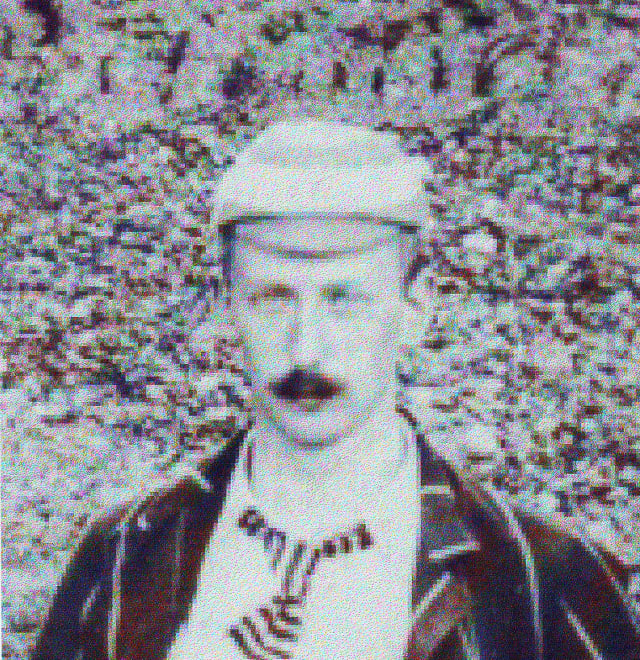SERVED AND SURVIVED
On the 110th Anniversary of the start of the Great War in 1914, we are revisiting our project from 2018, with the aiming of telling fresh stories and reflecting on the work we did six years ago.
Six Nottinghamshire cricketers that died on war service were featured then – now we have identified a ‘seventh’ – Rifleman Thomas Gregory (whose story will follow in the next few days).
Those making ‘the ultimate sacrifice’ were not, of course, the only people who served their country during the 1914-18 conflict and this time around, the Heritage team at Trent Bridge are telling the stories of some of those connected to the county club that ‘served and survived’.
Arthur Carr, for instance, was a young officer who received his call up papers whilst batting against Surrey – and declined to accept them until his innings was finished!
His war service was more distinguished and he was twice ‘mentioned in dispatches’ for courage in action. Carr returned to Nottinghamshire CCC after the war to captain the championship winning side of 1929 and to be the first Notts player to captain England in a Test match at Trent Bridge.
The brothers John and George Gunn, Joe Hardstaff snr, and architect Harry Goodall were among Notts cricketers that served in the armed forces and survived to tell their tales.
Mike McNamara, who headed up the WWI heritage project team, was keen to point out though, that ‘served’ did not just mean ‘served in the military’. Many thousands of people, including some from Nottinghamshire cricket, served in civilian capacities to support the war effort.
Top order batter Wilf Payton, for instance, ‘attested’ (reported for enlistment) but his engineering skills were considered more valuable and he ‘served’ in industry throughout the War.
 The splendidly-named Tinsley Lindley, who was much better known as a footballer with Nottingham Forest than as a cricketer, served as the Chief Officer of the Nottingham Special Constabulary and as Deputy Director of the Nottinghamshire Territorial Association during WWI. He was awarded the OBE in 1918 for these services and in 1935 received further recognition when he was awarded the King George V Silver Jubilee Medal.
The splendidly-named Tinsley Lindley, who was much better known as a footballer with Nottingham Forest than as a cricketer, served as the Chief Officer of the Nottingham Special Constabulary and as Deputy Director of the Nottinghamshire Territorial Association during WWI. He was awarded the OBE in 1918 for these services and in 1935 received further recognition when he was awarded the King George V Silver Jubilee Medal.
At the outbreak of war, the NCCC Committee placed the two Pavilions (the current building and the Ladies’ Pavilion, where the Hound Road stand is today) in the hands of the military authorities.
‘The Pavilion VAD Hospital’ was established, staffed largely by female volunteers and funded by donations. Dr George Ogg Gauld was a well-known local doctor, based at Bagthorpe Infirmary (now the City Hospital) who supported the staff at The Pavilion Hospital in his own time.
Dr Gauld played 14 First-Class matches for Notts between 1913 and 1919, captaining the side in Arthur Carr’s absence; he played in various wartime matches at Trent Bridge, including a guest appearance for the Police XI in 1915.
He later served the Club as Honorary Secretary from 1922 to 1935, and as a Committee member for 27 years.
Mike McNamara also drew attention to medals and badges awarded to people – especially women – doing important war work such as munitions manufacture or to wounded soldiers sent back home to wear to demonstrate that they were ‘on active service’ even though not in uniform.
Four days of talks with accompanying exhibition displays in the Library and Museum Room will bring the active part of Trent Bridge and WWI Revisited to a close but the work to collate and conserve the archive will continue.
August 2024